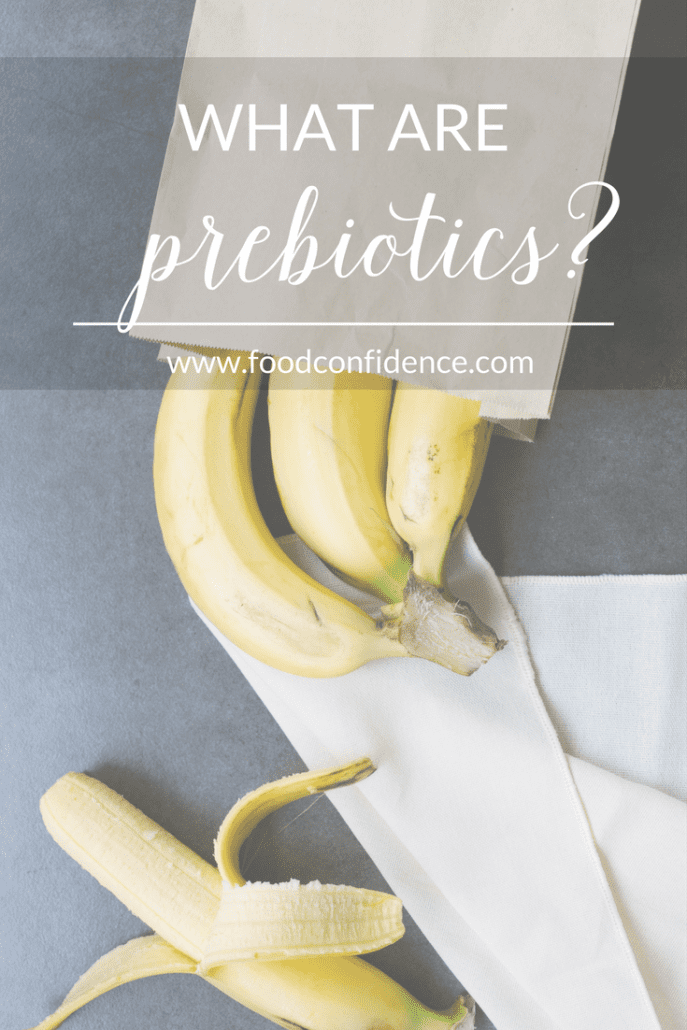 Right now you’ve got roughly 1,000 different types of bacteria living in your gut, and even more throughout your entire body. That sounds intimidating, but the good news is that if you’ve got a healthy gut, most of these bacteria are “good bacteria” that keep your immune system and digestive system healthy.
Right now you’ve got roughly 1,000 different types of bacteria living in your gut, and even more throughout your entire body. That sounds intimidating, but the good news is that if you’ve got a healthy gut, most of these bacteria are “good bacteria” that keep your immune system and digestive system healthy.
You guessed it, those “good bacteria” are called probiotics – the ones you keep an eye out for in yogurt, kombucha, sauerkraut, and more. So if probiotics are the bacteria that keep your gut healthy, what are prebiotics?
What are Prebiotics?
In a nutshell, prebiotics are food for probiotics. Probiotics are living bacteria that need energy to survive and that energy comes in the form of prebiotics. Prebiotics are a type of fiber that probiotics can ferment and use for energy so they can keep on keeping you healthy!
Like all dietary fiber, our bodies can’t break down prebiotics. They’re left intact through most of our digestive tract until they reach our large intestines, where gut microflora break them down. Prebiotics include specific types of fiber like ogliosaccharides, inulin, and ogliosaccharides. When looking at a nutrition facts panel, you’ll see the fiber content in grams. This includes prebiotic and other types of fibers, but you won’t find the prebiotic fiber content of a food listed on the label directly — you have to know this on your own. This can be important for people who are sensitive to certain types of fiber, like inulin.
What about Inulin?
While fiber is generally great for gut health, some people have problems digesting certain types of fiber. If this sounds like you, it’s important to read the ingredient list carefully. Inulin, which may also be listed as chicory root fiber, is a great way to lower the fat content of food and increase the fiber. Because it’s so prevalent, it’s also a common cause of gas and bloating in those who are sensitive to it.
Which Foods are High in Prebiotics?
If you’re eating a high fiber food, chances are it’s high in prebiotics, but certain foods are especially great sources of prebiotic fiber:
- Bananas
- Asparagus
- Whole wheat & wheat bran
- Oats
- Leeks
- Cauliflower
- Garlic
- Onions
- Artichokes
- Soybeans
Eating Prebiotics and Probiotics Together
Eating prebiotic and probiotic foods together does double duty for your gut: you supplement the good bacteria, and then provide food for it, too! You can find probiotics in lots of fermented foods, and combining those with prebiotic foods creates a “synbiotic” meal (aka one that’s super good for your digestive system).
Here’s what that looks like on your plate:
- Yogurt with banana and oats
- Anything using tempeh (tempeh is made from fermented soybeans, so you get the prebiotic fiber + probiotics in one!)
- Miso Broccoli & Quinoa Salad
- Sauerkraut on a sandwich with whole wheat bread